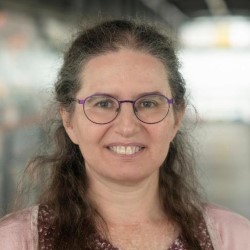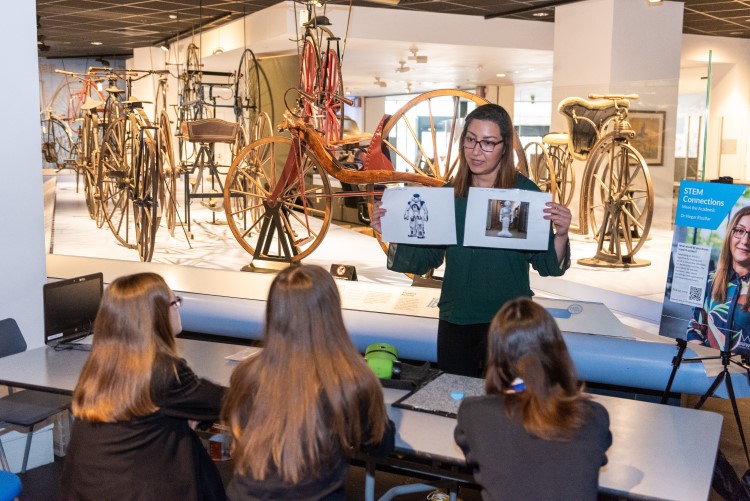Inspiring STEM inclusivity through collaboration
Inspiring STEM inclusivity through collaboration
Professor Margaret Low MBE, Director of Outreach and Widening Participation at WMG
"Engaging with the public is a great way to give young people a love of STEM subjects. But it’s also important to academics because being able to explain something complex to a range of audiences is a beneficial transferable skill for their careers. That’s why I love the outreach work we do – and why I’m so proud of this project."

When I joined WMG, it was a quite a different place. The year was 1988, and the idea of a World Wide Web was still merely a topic of discussion rather than anything more concrete. The internet and indeed the world have changed a lot since then.
The focus of my work has also transformed over time, from research into the teaching and outreach roles that I enjoy so much.
But some things haven’t changed.
There’s simply not enough diversity at the more senior job roles in engineering.
Inclusion is something I’ve always been passionate about: how can we as academics and professionals share our enthusiasm with the world in a meaningful way?
It’s not merely about getting out there and showing young people what we do.
We’ve got to focus on culture and see things from their perspectives to ensure that STEM feels like a welcoming career choice.
In my role as Director of Outreach and Widening Participation for WMG, my colleagues and I work hard to do exactly that.
So when we heard about the research culture bid and saw just how well it aligned with our objectives, we jumped at it.
The project that has come out of it, STEM Connections, is the result of a lot of collaborative activity both at Warwick and with external partners.
It’s a wide-reaching initiative working with schools and teachers, academics and Coventry Transport Museum.
It engages with school students in and around Coventry, giving them the chance to meet our academics through a roadshow which was attended by 410 students from five schools, as well as a celebration event attended by 110 more. The celebration event was hosted by Coventry Transport Museum and our academics filled every gallery in the museum.

It’s so rewarding seeing local young people, many of whom come from backgrounds that have low levels of representation in STEM workplaces, getting stuck in with a smile on their face.
But what’s been especially interesting is the positive impact outreach often has on the academics delivering it.
In particular, bringing together colleagues from different departments within Warwick has helped to foster a real sense of community while enabling them to build links with likeminded people.
These links can benefit our staff in many more ways than in the delivery of outreach projects. Some of the staff involved have been able to use this work as evidence for promotion, and it’s helped enhance their visibility and profile.
It’s the kind of cross-fertilisation of ideas that a good research culture depends on.
The nature of this type of work means you need to be adaptable and that’s all part of the fun. It can actually be a fantastic chance for us to think on our feet, find innovative solutions and test ourselves in a different environment than where we’re based for our day jobs. After all, that is what working at a University is like.
In this project, things have been made a bit easier by having a wonderful partner in the form of CV Life, a collaboration between Coventry Sports Foundation and Culture Coventry Trust.
These kind of associations with organisations outside of academia play a huge role in developing a positive research culture.
Thinking about it, culture is probably the reason I’ve stayed at Warwick since 1988.
There’s an atmosphere of teamwork, of community, and that’s what keeps me motivated and happy in my career.
Hopefully, the engagement efforts that we’ve put in, plus the support of the University Widening Participation team will help spread that feeling of inclusion to the young people we encounter. Organisations like the Warwick Institute of Engagement help foster positive working relationships across departments. It increases the capacity of the University to engage with the community.
My hope now is that STEM Connections can act as a kind of template for other departments at Warwick to follow – and that ultimately, we can help both the academic study of STEM subjects and careers in related industries become more representative and diverse.
The STEM Connections project was led by Professor Margaret Low, along with Phil Jemmett, Marie Diebold and Caroline Cannon. Find out more about the project.
